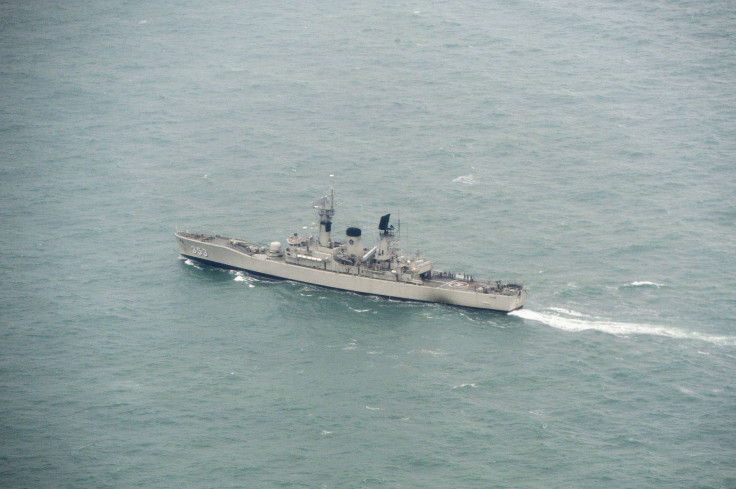AirAsia Black Box: Underwater Sonic Detection Technology En Route To Flight 8501 Crash Area

A team of international investigators carrying special acoustic equipment are scheduled to arrive in Borneo Friday to help in the ongoing search for the black boxes that went down with AirAsia Flight QZ8501 when it crashed Sunday. The two hydrophones, better known as underwater acoustic detection devices, are expected to be a crucial part of the hunt for the black boxes as authorities continue the investigation into what caused the crash that killed 162 people.
Officials told Reuters Thursday it could still take a week to recover the black boxes, which could contain crucial details about what happened in the cockpit and on the plane's technical equipment in the final moments before it crashed en route from Surabaya, Indonesia, to Singapore. Searches have so far spanned a 5,200 square mile area including 19 ships, four helicopters and five planes. The Indonesian-led effort has recovered bodies and plane fragments but they have yet to confirm images of the plane's body.
Inclement weather, which is expected to continue through Jan. 4, has delayed officials' ability to detect underwater material. Ocean waves as tall as nine feet are the main reason that only nine of the bodies have been recovered, with much of the search for the black boxes centering on the area near Pangkalan Bun 600 miles southeast of Singapore. The underwater detection devices would pick up pings from beacons attached to Flight 8501's fuselage.
“What is most difficult is finding the location where the plane fell -- checking whether the aircraft is really there,” Lieutenant Edi Tirkaya, one of the investigators, told Reuters. “With weather like this, who knows? We are still hopeful and optimistic that they'll find it. They must.”
© Copyright IBTimes 2024. All rights reserved.





















